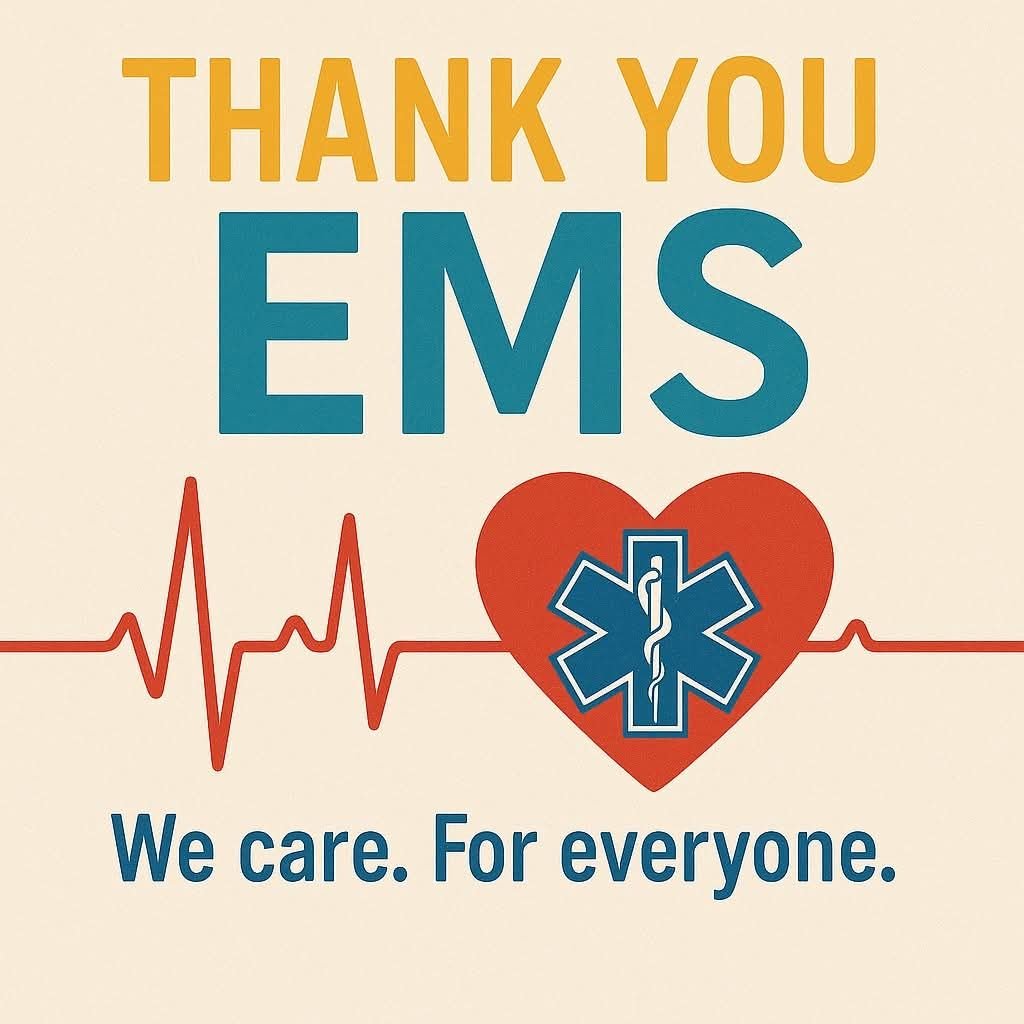Introduction
For many people, the image of a fire department centers on flames, hoses, and ladders. Yet, in Cuba and across much of rural America, the majority of emergency calls are medical in nature. Heart attacks, strokes, accidents, and sudden illnesses make up most of the emergencies CVFD handles. Our Emergency Medical Services (EMS) team is the lifeline between crisis and advanced hospital care. In a region where medical resources are sparse and transport times can be long, CVFD’s EMS role is vital to the health and survival of our neighbors.
Why EMS is Essential in Rural Communities
In metropolitan areas, ambulances may be stationed within a few miles of every neighborhood. Rural New Mexico is different. Distances are vast, and hospitals are often more than an hour away. This makes immediate on-scene care critical. CVFD provides trained Emergency Medical Technicians (EMTs) who arrive quickly, stabilize patients, and begin lifesaving interventions while advanced care is still far away. Without this layer of emergency response, countless lives would be lost in the time it takes to reach a hospital.
What EMS Teams Do on Scene
The work of CVFD’s EMS crews goes far beyond transporting patients. When they arrive at a call, they quickly assess the situation, determine the severity, and begin interventions. They may start CPR, administer oxygen, control bleeding, splint fractures, or assist patients in respiratory distress. Communication with dispatchers and hospitals begins immediately so that doctors are prepared for the patient’s arrival. Every action taken during those first minutes makes a measurable difference in outcomes.
Training and Certification
EMS providers are not simply volunteers with good intentions; they are trained professionals who meet strict state and national standards. CVFD EMTs complete certification courses, maintain continuing education, and participate in regular drills. They must be ready to handle everything from delivering a baby to managing a traumatic car crash. The responsibility is enormous, but our volunteers embrace it because they know their neighbors’ lives depend on their skills.
Working Alongside Other Responders
Medical calls often involve collaboration. CVFD volunteers work hand-in-hand with county EMS units, air medical helicopters, and regional hospitals. In many cases, CVFD arrives first, providing immediate care until advanced transport arrives. This seamless teamwork ensures patients receive the best possible chance of survival, even when resources are stretched thin.
The Human Side of EMS
Beyond the medical skills, EMS is about compassion. Our volunteers often arrive during the worst moments of people’s lives—when fear, pain, and uncertainty are overwhelming. Holding a patient’s hand, calming a frantic parent, or reassuring an elderly resident is just as important as the technical side of care. These human connections remind people that they are not alone.
Conclusion
EMS is a cornerstone of CVFD’s mission. In rural communities, where time and distance work against survival, volunteer EMTs bridge the gap and bring lifesaving care directly to the doorstep.
Call to Action:
Take a CPR class, learn basic first aid, and be prepared. You never know when someone you love might need help before responders arrive.

